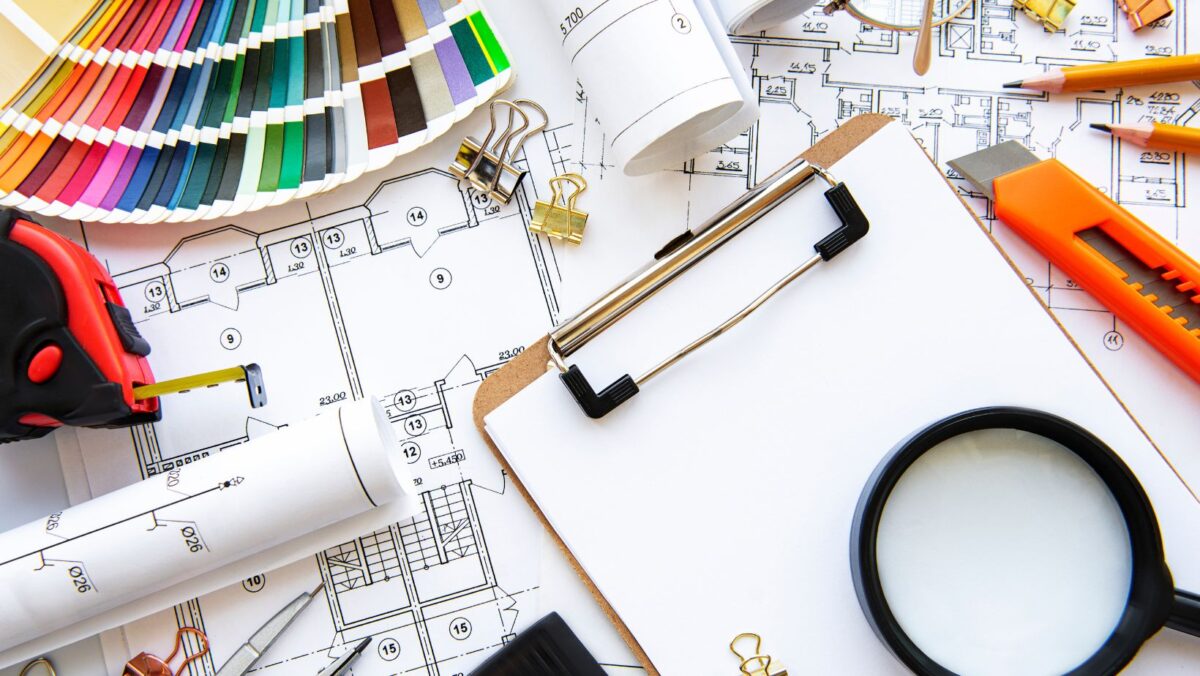How Do you Decide Which Type of Sketch is Best to Use to Communicate your Design Idea?
When it comes to sketching, there are various techniques and styles to choose from. As an experienced artist, I often find myself pondering over the question: “Which type of sketch is best?” The answer, of course, depends on several factors such as the purpose of the sketch, the desired level of detail, and the overall aesthetic you’re aiming for. In this article, I’ll share my insights on how to decide which type of sketch is best suited for your artistic endeavors.
Sketching is a fundamental part of the creative process, allowing artists to explore ideas and concepts before diving into a final piece. However, with so many options available, it can be overwhelming to determine which type of sketch will yield the best results. In this article, I’ll delve into the different types of sketches, from quick gesture drawings to detailed renderings, and provide guidance on how to choose the most effective approach for your specific artistic goals.
As an artist, I’ve often found myself faced with the challenge of selecting the most suitable type of sketch for a particular project. The decision-making process involves considering factors such as the subject matter, the intended level of realism, and the time constraints at hand. In this article, I’ll share my personal insights and tips on how to decide which type of sketch is best for your artistic needs. Whether you’re a beginner or an experienced artist, this guide will help you navigate the world of sketching and make informed decisions that enhance your creative process.
Importance of Choosing the Right Sketch Type
When it comes to sketching, choosing the right type can greatly impact the effectiveness of communicating your design idea. Deciding on a style for your sketch is a crucial step that shouldn’t be overlooked. It sets the tone for your artistic expression and helps convey your vision to others. Here are a few reasons why choosing the right sketch type is important:
1. Communicating your design idea: The type of sketch you choose can greatly influence how well your design idea is communicated. Whether you opt for a quick and loose gesture sketch or a highly detailed rendering, each style conveys a different level of information. Consider the purpose of your sketch and the level of detail necessary to effectively communicate your design concept.
2. Establishing the right aesthetic: Different sketch types have distinct aesthetics that can enhance or detract from your overall design concept. For example, a rough and unfinished sketch may be more suitable for conveying an initial concept, while a polished and refined sketch may be better for showcasing a finalized design. By selecting the appropriate sketch type, you can establish the desired aesthetic and ensure that it aligns with your creative vision.
3. Saving time and effort: Choosing the right sketch type can also help you save time and effort throughout the sketching process. If you’re working on a tight deadline or need to quickly iterate on your design, opting for a more simplified sketch style can allow you to convey your ideas efficiently. On the other hand, if you have the luxury of time, a more detailed and intricate sketch can showcase your artistic skills and attention to detail.
4. Enhancing your creative process: The sketch type you choose can impact your overall creative process. Some artists find that certain sketching styles inspire them and help them generate new ideas, while others feel more comfortable with a specific type of sketch. Experimenting with different sketch types can broaden your artistic horizons and lead to new discoveries in your creative journey.
Selecting the right sketch type is crucial for effectively communicating your design ideas, establishing the desired aesthetic, saving time and effort, and enhancing your overall creative process. Consider the purpose of your sketch, the level of detail required, and the aesthetic you want to achieve when deciding on the best sketch type for your artistic endeavors.

Understanding Different Sketching Techniques
When it comes to deciding on the best type of sketch to use for communicating your design idea, it’s essential to understand the different sketching techniques available. Each technique has its own unique characteristics and advantages, which can significantly impact the overall aesthetic and effectiveness of your sketch. Here are a few key factors to consider when deciding on a style for your sketch:
Purpose of the Sketch
Before choosing a sketching technique, it’s crucial to determine the purpose of your sketch. Are you sketching to explore and develop ideas, present a concept to a client, or create a detailed rendering of your design? Understanding the purpose will help you select a technique that aligns with your goals and effectively communicates your design intent.
Level of Detail
Consider the level of detail you want to convey in your sketch. Some techniques, like loose gesture sketches or rough thumbnail sketches, focus more on capturing the overall impression and essence of the design. On the other hand, detailed renderings or technical sketches provide a higher level of precision and accuracy. Choosing the appropriate level of detail will ensure that your sketch effectively communicates your ideas and intentions.
Aesthetic Preference
The choice of sketching technique also depends on the aesthetic you want to achieve. Different techniques can evoke different moods and styles. For example, using cross-hatching or shading techniques can create a more dramatic and dimensional effect, while clean line work can give a sketch a modern and minimalist look. Considering your aesthetic preferences will help you select the technique that best represents your design vision.

